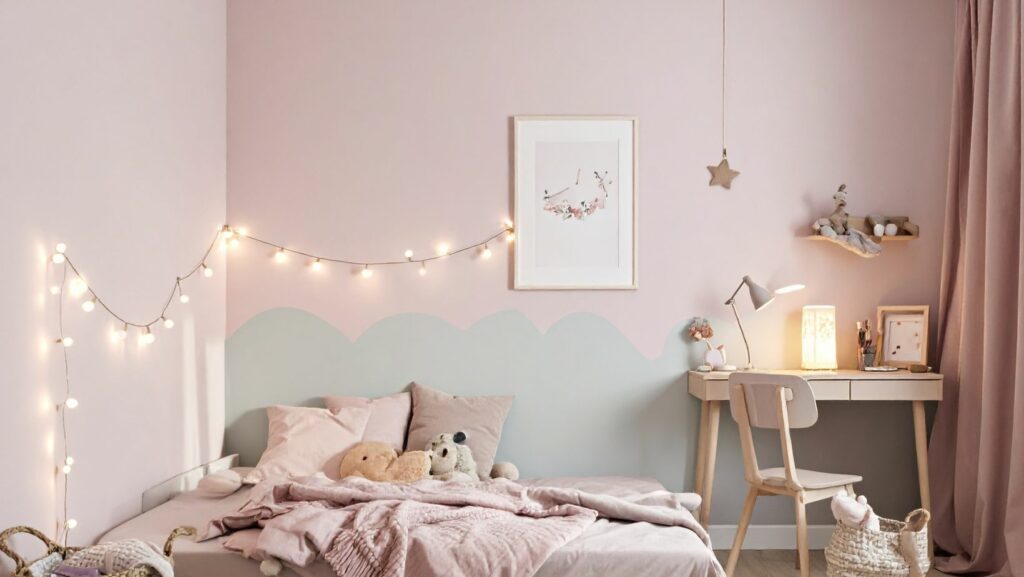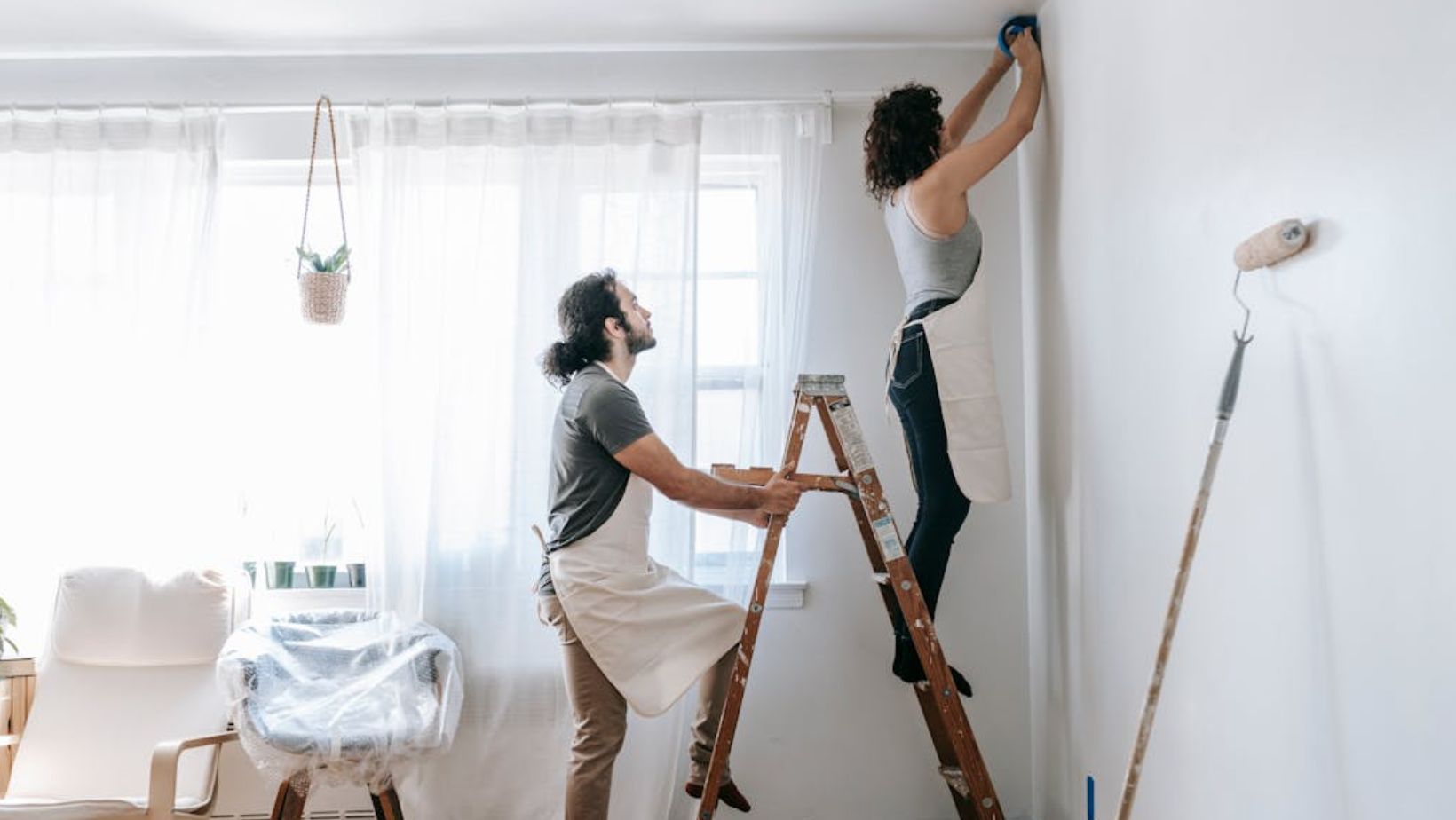Your bedroom should be more than just a place to sleep. It should be a personal retreat, a space that restores your mind and body after a long day. How it is designed can make a real difference. The colours you choose, the textures you feel, and the way light moves through the room all influence mood, sleep quality, and overall wellness.
By integrating natural textures such as wood, linen, and stone with calming, soothing hues, you can create a bedroom that is both cosy and serene. In this post, we explore practical ways to transform your bedroom into a holistic retreat that nurtures rest.
Choosing the Right Space: Lessons from Newcastle’s Montgomery Homes
Where you place your bedroom and how it is laid out can greatly affect how restful and relaxing it feels. Thoughtful design goes beyond décor. It is about creating a space that naturally supports sleep, calm, and wellness.
Take Newcastle’s Montgomery Homes as an example. These homes are designed with layouts that prioritise light, flow, and comfort. Bedrooms are often positioned to catch morning sunlight while remaining dim and private in the evening. This ensures quiet and separation from high-traffic areas. The floor plan encourages natural movement through the home, which helps create a sense of balance and calm.
Even in an existing space, considering orientation, natural light, and how your bedroom connects to the rest of the home can set the tone for a true retreat. Ask yourself: Is the bed in a position that feels grounded? Do the windows let in soft, natural light without glare? Is the room away from noise and distractions?
By taking the time to optimise your bedroom’s placement and layout before layering in textures and colours, you lay the foundation for a space that supports rest, relaxation, and overall wellness.
Natural Textures for Calm and Comfort
When you walk into a bedroom layered with wood, linen, cotton, bamboo, and stone, you instantly feel a calm, grounded presence. Natural materials like these bring warmth, authenticity, and sensory comfort, anchoring your space in nature rather than chaos.
Start with a timber bed-frame or bedside table. Add linen bedding, which is breathable and gentle on the skin. Then include a jute rug or bamboo bench for texture and grounding. Combine smooth stone or polished wood flooring with soft linen throws and cotton cushions. This balance keeps the room cosy yet uncluttered.
Mixing textures is key. Let one material dominate and then layer the others. Avoid hoarding pieces; simplicity ensures the materials shine. Choose items with substance and allow the texture to speak for itself. Gradually, your bedroom becomes a retreat where comfort and calm meet.
Soothing Hues: Colour Psychology in the Bedroom
Choosing the right colour palette is not just about style. It can shape how you feel and how well you sleep. Soft greens, gentle blues, creams, and muted earth tones work well to create calm and ease.
Research by the Sleep Foundation notes that blue hues are linked to words such as ‘relaxed’, ‘safe’, and ‘secure’ and may help lower heart rate and blood pressure. Earth-inspired tones such as beige, taupe, and forest green anchor the room in nature and promote restfulness.
Try painting one wall a soft sage green or pale sky blue. Complement it with cream-coloured bedding and cotton throws. Add a muted clay-toned accent cushion or a wooden headboard to keep things grounded. These subtle choices avoid overstimulation, helping your space feel restful, intentional, and truly a retreat for your body and mind.
Lighting and Ambience for Wellness
Good lighting can transform your bedroom from just a room into a true retreat. Start with natural light. It wakes you up gently, lifts your mood, and signals to your body that it is daytime. In the evening, use dimmable lamps or warm-tone bulbs around 1500 to 3000 K to help your body wind down.
Layer your lighting by using overhead lights for general illumination, bedside lamps for reading, and floor or wall lamps for softer mood lighting. This approach provides flexibility and creates a cosy feel. To support the most restorative sleep, consider installing blackout curtains or light-diffusing blinds. These block external light that can suppress melatonin and disrupt your sleep cycle.

By combining natural daylight during the day, warm ambient lighting at night, and proper window treatments, you create a space that supports your body’s rhythms, calms the mind, and invites deeper rest. Your bedroom becomes more than décor; it becomes wellness in action.
Minimalism and Clutter-Free Zones
When your bedroom is clear of excess items and every object has a place, your mind can relax. Decluttering and smart storage do not just make your space look better; they make you feel calmer. Studies show that less visual chaos equals less stress and better focus.
To maintain a serene and natural aesthetic, choose functional storage that blends in. Examples include built-in drawers under a low wooden bed, a linen-covered basket for blankets, or a wardrobe with smooth, discreet doors. Use textures such as soft cotton bags or bamboo boxes so even storage feels gentle and organic.
When you remove what does not serve you, you create room for what truly matters: rest, comfort, and mental calm. A bedroom designed in this way is not just tidy; it becomes a retreat.
Your Bedroom, Your Retreat
Designing a bedroom retreat is about more than style; it is about how you feel. With thoughtful layouts, natural textures, soothing colours, layered lighting, and clutter-free zones, you create a space that restores, calms, and supports wellness. A bedroom that nurtures you helps every day start and end on a positive note.

